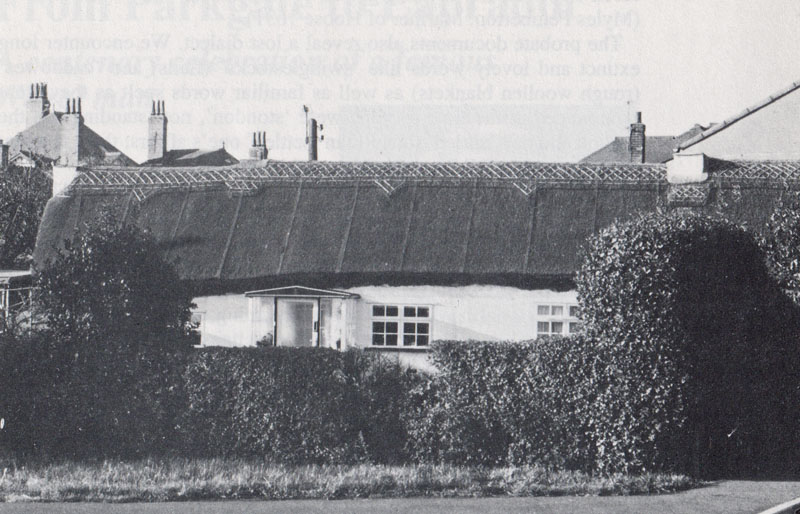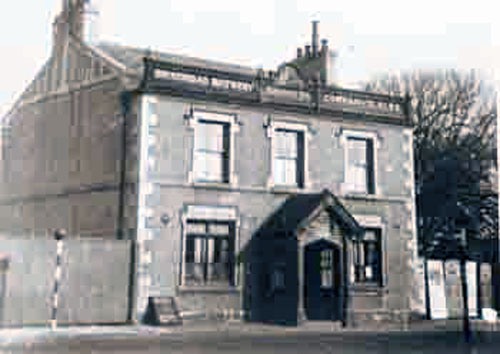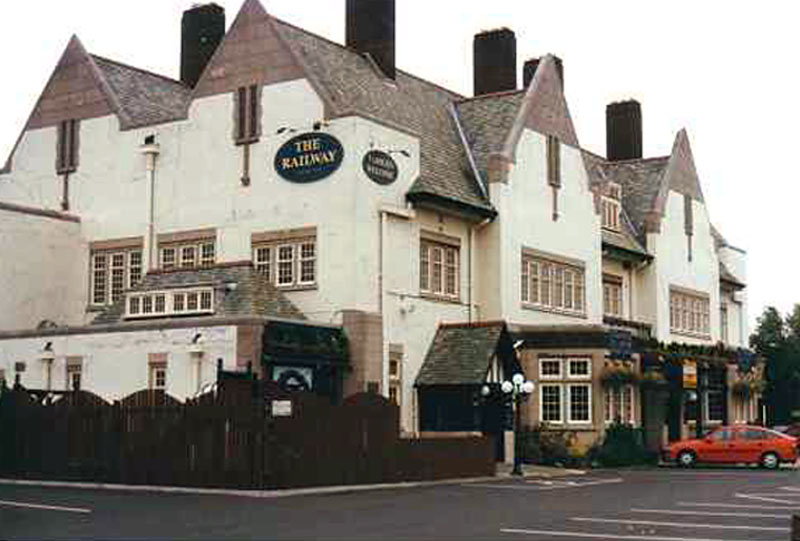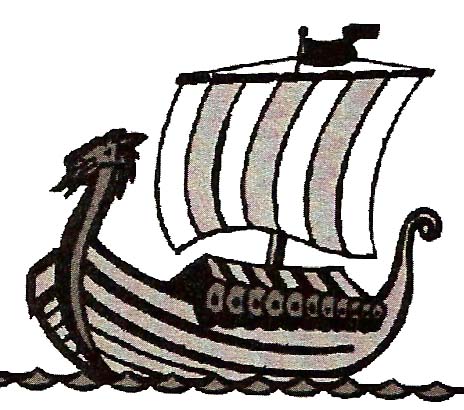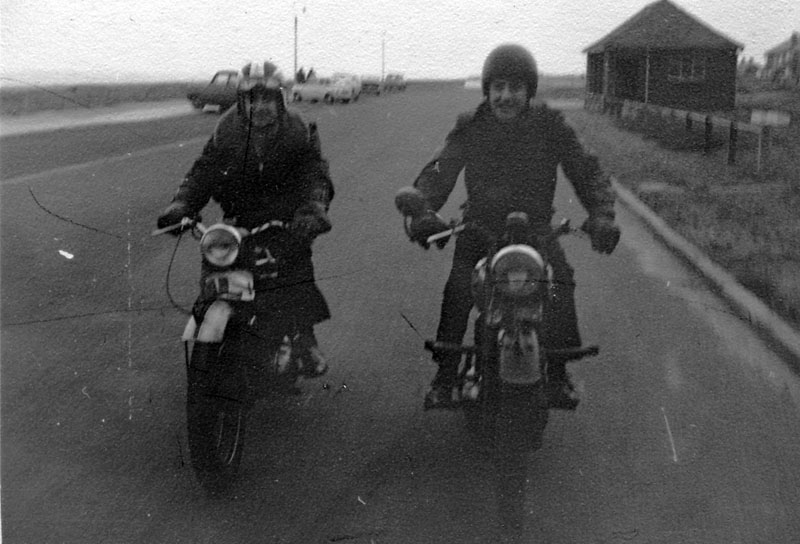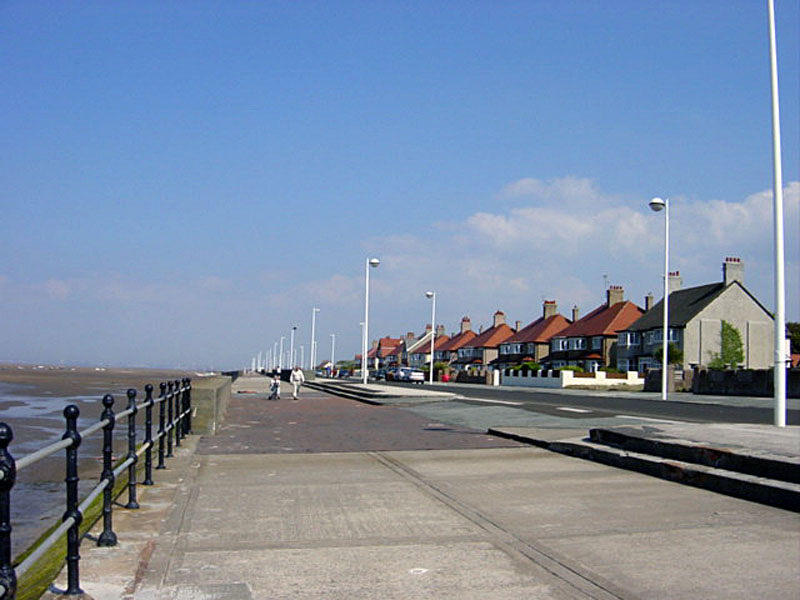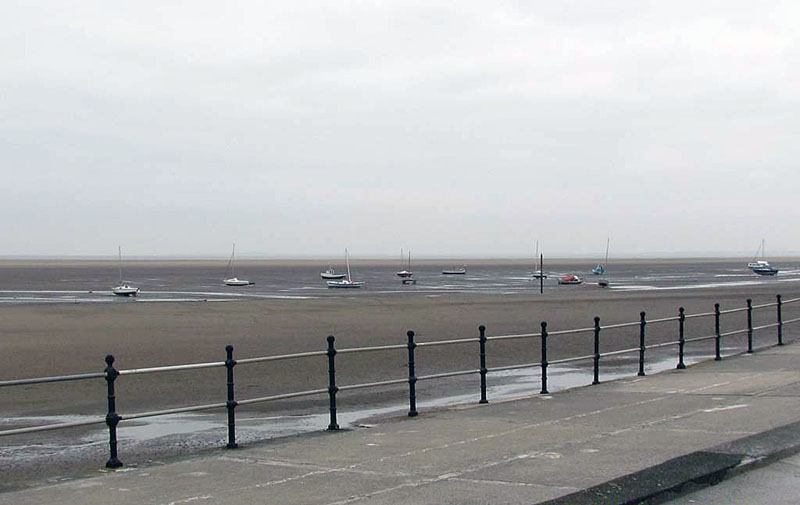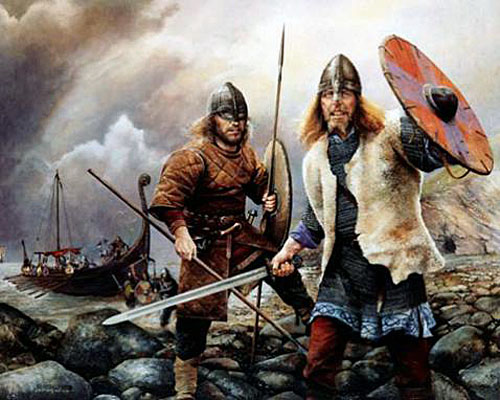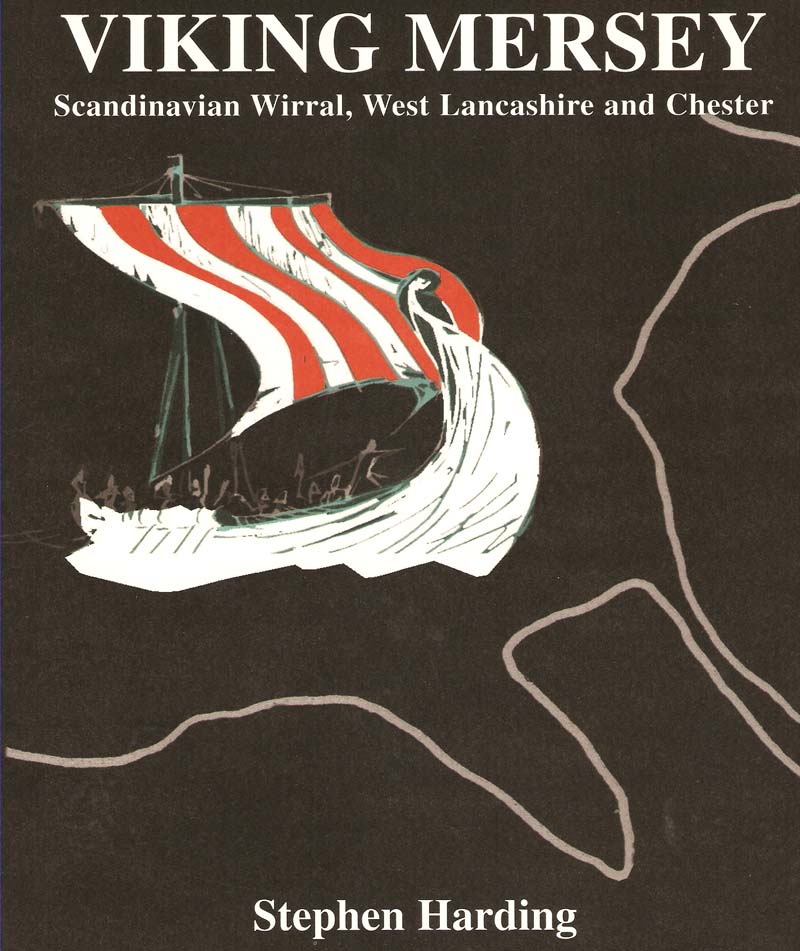 Meols or Meolse Little Meols: Melas (1086). Sand dune or the sandhills . From Old Norse. Prefix Little - in use by 1361, previously infra. Meols was named as such by the Vikings; its original name from the Old Norse for 'sand dunes' was melr, becoming melas by the time of the Domesday Survey. |
|
Impressive archaeological finds dating back to the Neolithic period suggest that the site was an important centre in antiquity. Since about 1810, a large number of artefacts have been found relating to pre-Roman Carthage, the Iron Age, the Roman Empire, Armenia, the Anglo-Saxons and the Vikings. These include items as varied as coins which belonged to the Coriosolites in Brittany. Also, tokens, brooches, pins, knives, glass beads, keys, pottery, flint tools, mounts, pilgrim badges, pieces of leather, worked wood and iron tools. They came to be discovered after the beginning of large-scale dredging (to accommodate the needs of the nearby growing seaport of Liverpool) started to cause notable sand erosion along the coastline near Meols. These finds suggest that the site was used as a port as far back as the Iron Age some 2,400 years ago, and was once the most important seaport in the present-day North West England. Thus trading connections are believed to have reached far across Europe. Some of these artefacts are on display locally, at the Museum of Liverpool. In the 1890s the local authorities built the first sea wall. The rapidly eroding coastline was saved, but the sea wall changed the currents and archaeological sites at Meols were buried in the sand. The remains of a submerged forest off Dove Point, stretching back to Moreton, has now disappeared but they were visible until the spring of 1982. On 10 September 2007, Professor Stephen Harding of the University of Nottingham, used ground penetrating radar (GPR) equipment to pinpoint the location of a 1,000-year-old Viking transport longship (Nordic clinker design) beneath 2–3 m (6–10 feet) of clay in Meols. The ship had been previously uncovered in 1938 during excavations for a car park. Workers at the time covered the ship over again so as not to delay construction. Meols was formerly called Great Meols. It was a township in West Kirby Parish of the Wirral Hundred, becoming part of Hoylake cum West Kirby civil parish in 1894. Great Meols had a population of 140 in 1801, 170 in 1851 and 821 in 1901. The name Great Meols survives in the name of the primary school and the Anglican church. It was still in more general use up to the 1960s, for instance in postal addresses and on the destination indicators of buses from Chester, but not as the name of the railway station.
Viking Longboat (From the BBC)
A 1,000-year-old
Viking longship is thought to have been discovered under a pub car
park on Merseyside.
The vessel is believed to lie beneath 6-10ft (2-3m) of clay by the Railway Inn in Meols, Wirral, where Vikings are known to have settled. Experts believe the ship could be one of Britain's most significant archaeological finds. Professor Stephen Harding, of the University of Nottingham, is now seeking funds to pay for an excavation. The Viking expert used ground penetrating radar (GPR) equipment to pinpoint the ship's whereabouts. He believes the vessel could be carefully removed and exhibited in a museum. Professor Harding said: "The next stage is the big one. Using the GPR technique only cost £450, but we have to think carefully about what to do next. "Although we still don't know what sort of vessel it is, it's very old for sure and its Nordic clinker design, position and location suggests it may be a transport vessel from the Viking settlement period if not long afterwards. Scandinavian influence persisted here through the centuries. It is speculation at the moment, but at least we now know exactly where to look to find out. How it got there is also hard to say. "It is some distance from the present coastline and probably the old one too. "It might have got to its present position after flooding and sinking into an old marsh." The ship was first uncovered in 1938 when the Railway Inn was being knocked down and rebuilt further from the road, the site of the old pub being made into a car park. Workers were advised by the foreman to cover the ship over again so as not to delay construction. Meols is known to have one of Britain's best preserved Viking settlements, buried deep beneath the village and nearby coastal defences. Vikings came to the area from the Ninth Century, attracted by its harbours and proximity to the sea.
Its a shame the council do not practise what they preach. This sign
stand by old boats and rusted trailers
Impressive archaeological finds dating back to the Neolithic period suggest that the site was an important centre in antiquity. Since about 1810, a large number of artefacts have been found relating to pre-Roman Carthage, the Iron Age, the Roman Empire, the Anglo-Saxons and the Vikings. These include items as varied as coins, tokens, brooches, pins, knives, glass beads, keys, pottery, flint tools, mounts, pilgrim badges, pieces of leather, worked wood and iron tools. They came to be discovered after the beginning of large-scale dredging (to accommodate the needs of the nearby growing seaport of Liverpool) started to cause notable sand erosion along the coastline near Meols. These finds suggest that the site was used as a port as far back as the Iron Age some 2,400 years ago, and was once the most important seaport in the present-day North West England. Thus trading connections are believed to have reached far across Europe. Some of these artefacts are on display locally, at the Museum of Liverpool. In the 1890s the local authorities built the first sea wall. The rapidly eroding coastline was saved, but the sea wall changed the currents and archaeological sites at Meols were buried in the sand. The remains of a submerged forest off Dove Point have now also disappeared but they were visible until the spring of 1982. Meols was formerly called Great Meols. It was a township in West Kirby Parish of the Wirral Hundred, becoming part of Hoylake cum West Kirby civil parish in 1894. Great Meols had a population of 140 in 1801, 170 in 1851 and 821 in 1901. The name Great Meols survives in the name of the primary school and the Anglican church. It was still in more general use up to the 1960s, for instance in postal addresses and on the destination indicators of buses from Chester, but not as the name of the railway station. There also used to be a village called Little Meols, on Meols Drive between Hoylake and West Kirby. The name Little Meols fell out of use in Victorian times, having been absorbed by Hoylake. From 123 inhabitants in 1801 and 170 in 1851, by 1901 at 2,850, its population had outstripped Great Meols. Meols was known to be spelt as Meolse up until when the railway station was placed. The error came about at the time of the station's construction, when rail managers took the spelling of Meols from the Southport suburb of Meols Cop and used it for new signage. (Wikipedia)
Email from Jim Baker Aug 2018 - thanks: hello. just came across your information pages whilst looking for any reference to a large medallion that I have (for the laying of the foundation stone of Birkenhead Docks in 1844..) - Unfortunately, I found no mention of that - but did find lots of other interesting stuff which you have put up for the benefit of others. I'm originally from Liverpool, via Huyton - and now my wife and I live in Moreton since 2008. I've always been interested in 'history', and try to learn as much as I can about any area that we live in (I was a guide at Leasowes Lighthouse for a few years). I'd like to learn a lot more about 'old' Meols (ie the Meols that is now 'lost' beneath the waters of Liverpool Bay) as that area appears to have a most interesting history since Mesolithic times Your listings and the links are much appreciated. If you have any info for JIm, I have his email so just contact me, link below |
|
http://blogs.wirralnews.co.uk/wirralvikings/2010/04/welcome-to-the-wirral-vikings.html |
